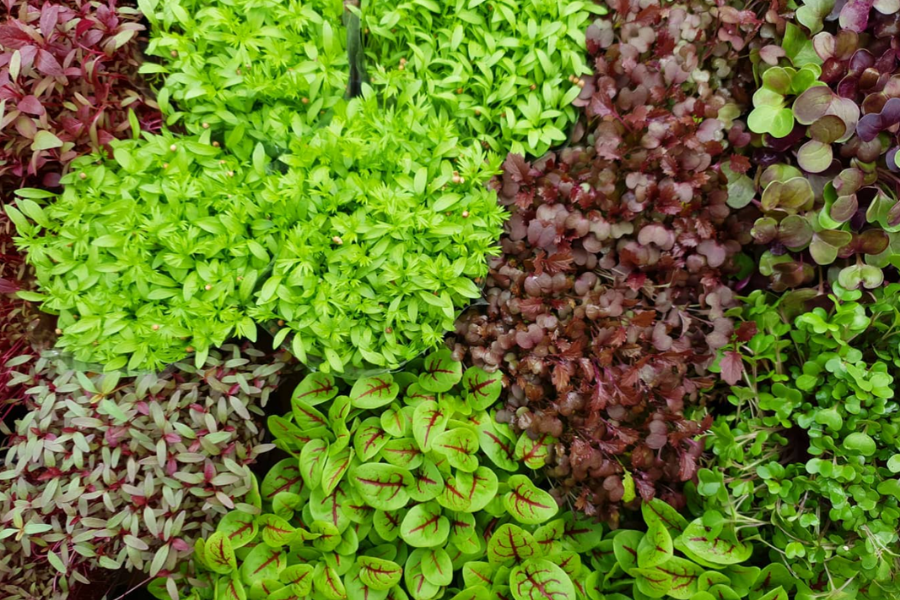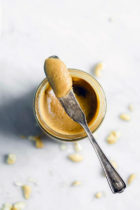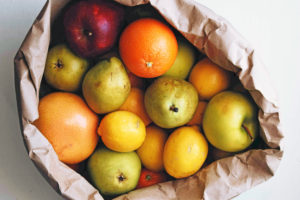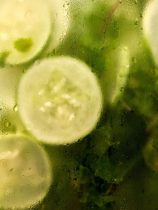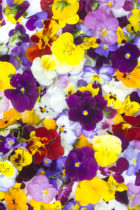Remember when restaurant food garnishes brought to mind things like limp basil leaves, or a carrot cut into a flower? Well, lately, something else has been popping up as the ‘it’ garnish in trendy plant-forward restaurants: microgreens. If you’ve ordered a salad or flatbread at a restaurant, and wondered what those tiny delicate shoots use to garnish are, they are microgreens – tiny delicate shoots that are highly Instagrammable, but are also packed with tons of flavor and texture.
Though microgreens have been around since the 80s where they first showed up in the California restaurant scene, they have recently become immensely popular – not just in high-end restaurants, but also at farmers’ markets everywhere. But what are these green garnishes exactly? And though we love the tiny greens on our scrambled eggs and in our charcoal bun vegan burgers, are they worth the hype? Let’s explore.
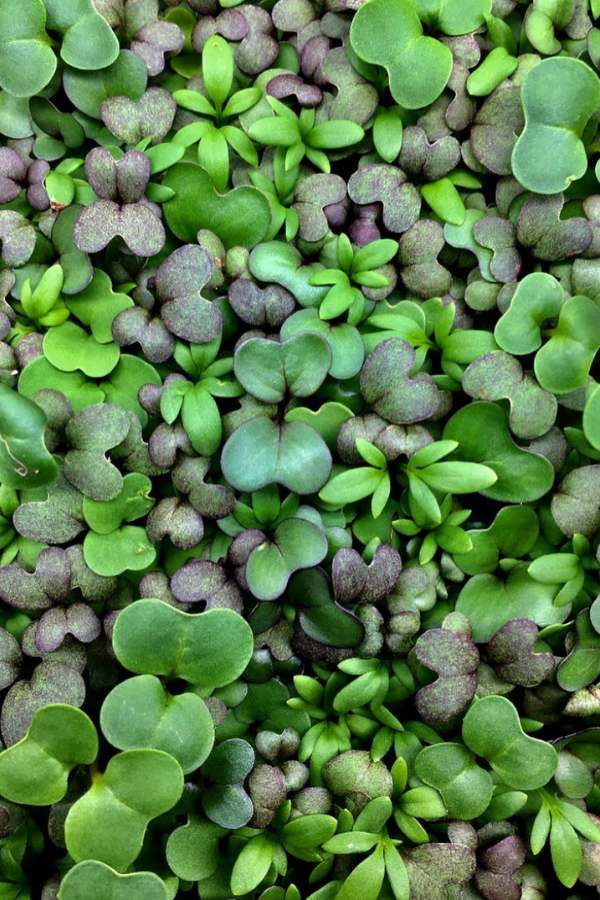
What are microgreens, and why are they so great?
Microgreens are the tiny young shoots of a herb or vegetable; baby plants falling somewhere between a sprout and baby leaf vegetables. They are different from sprouts because they require soil to grow, whereas sprouts germinate in water. Don’t be fooled by their size (they are approximately 1-3 inches tall), because they are rich in flavor, add color and texture to dishes, and come loaded with nutrients – often containing almost 40x nutrient levels than their mature counterparts, giving them superfood status.
They also contain polyphenols that are powerful antioxidants and prevent the buildup of harmful free radicals, reducing the risk of diseases like cancer and Alzheimer’s. Additionally, they are said to improve heart health and may help reduce heart disease risk factors.
Why should you add microgreens to your kitchen garden?
In addition to all of the health benefits, microgreens are great for growing at home – fast, easy, and inexpensive to harvest. They take up inches of space, making them ideal for urban gardening. As long as you have a sunny windowsill, some potting mix, a few containers and your desired seeds, you’re good to grow microgreens. And they only take about 7-14 days to grow before they’re ready! They key to good microgreens however, is to use them fresh. Consume as soon as you cut (or keep them for 2 days at most) because they go limp very quickly.
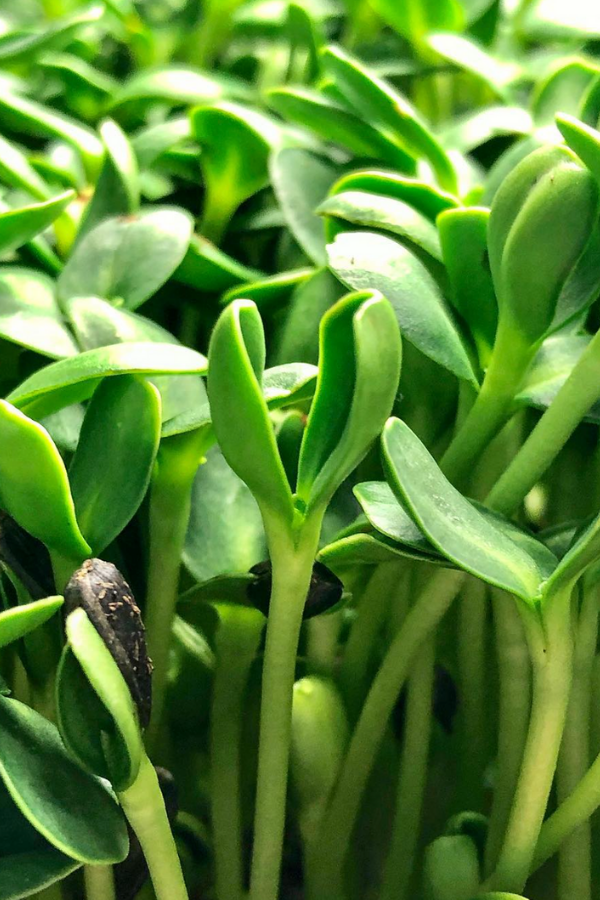
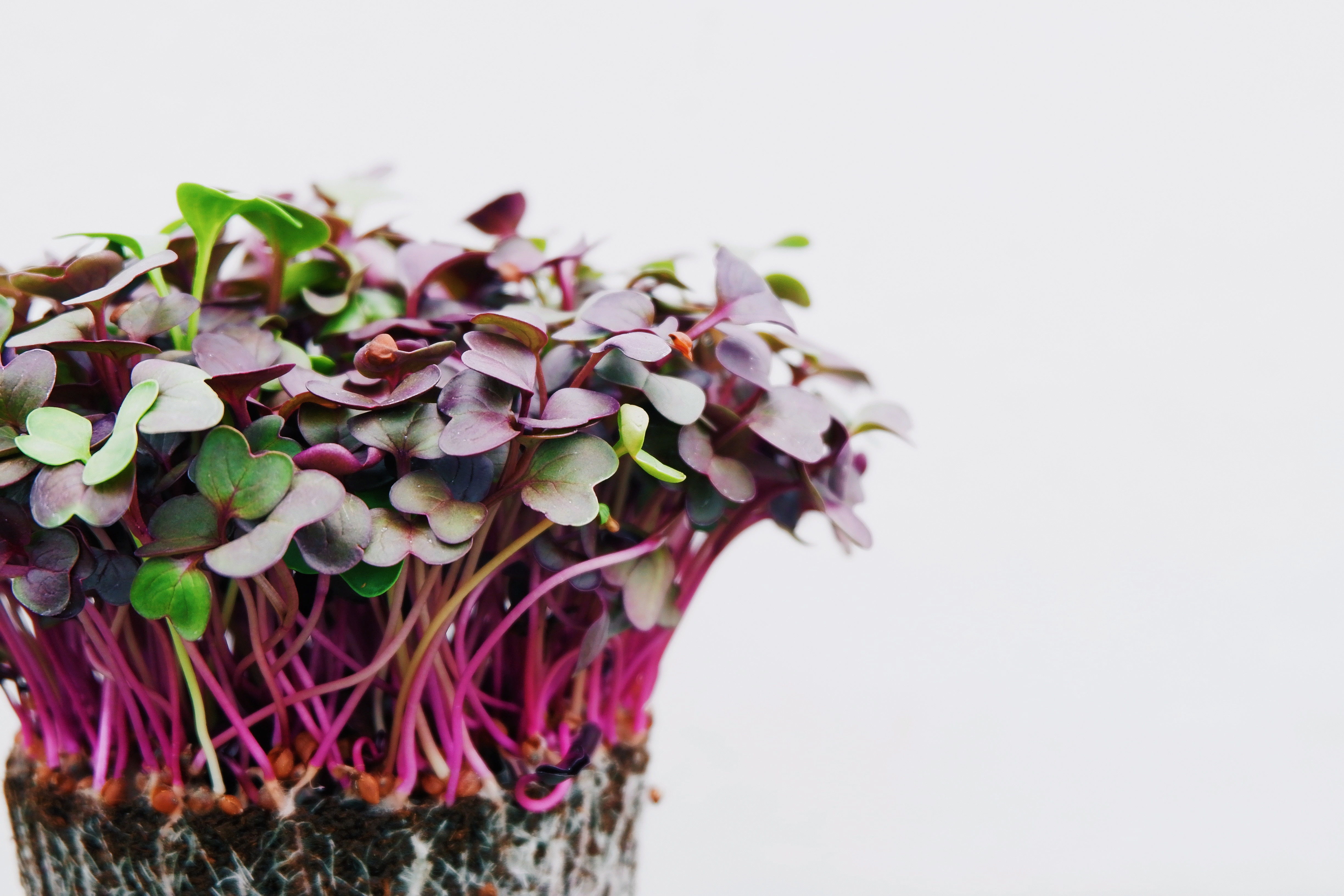
How to use microgreens
It’s extremely easy to add microgreens to instantly elevate anything that you’re making – salads, Buddha bowls, pastas, soups, flatbreads, burgers and sandwiches.
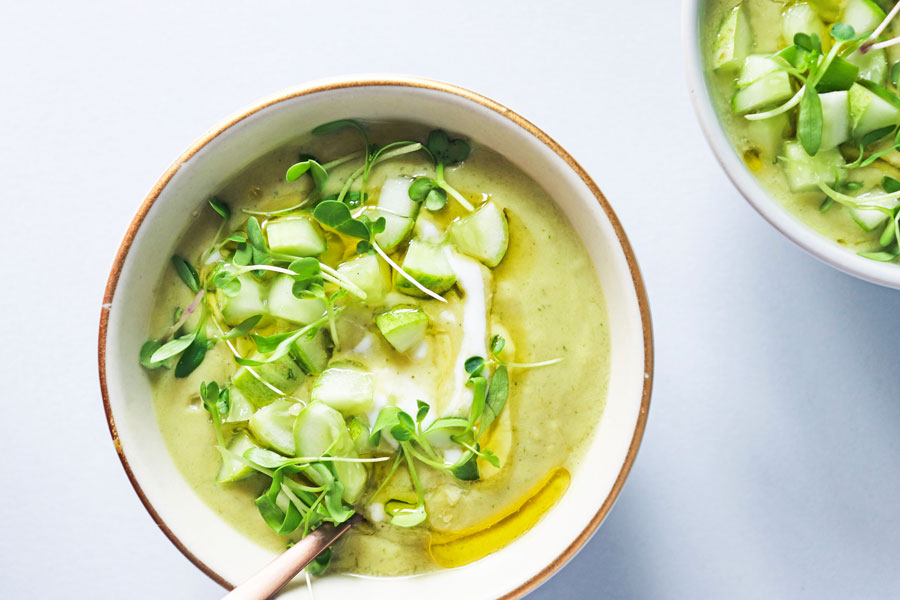
Pair similar flavors together: for example, mustard microgreens will taste similar to mustard greens, so pair it with something that could do with a kick of pungent spiciness. Here are some ideas to get you started:
~ Rocket microgreens have a strong peppery flavor, and work well in dishes that could do with a hint of pepper, like scrambled eggs or a fresh spring salad.
~ Beet micro greens have a beautiful red stem and an earthy flavor similar to beet greens. Use them in salads like this one.
~ Wheatgrass shoots have become immensely popular as a superfood juice shot, mixed into other green juices or consumed straight up for its health benefits.
~ Fennel microgreens can be used as a garnish on pizzas and flatbreads.
~ Micro herbs like thyme pair well with delicate flavors like grilled salmon or creamy mashed potatoes.
~ Basil and strawberry is a match made in heaven. Think strawberry tarts with some fresh basil microgreens for that sweet-savory riot on your taste buds!
~ For days when you want to whip up something different, try this pea shoot savory pancake, a welcome break from the sweet pancake-whipped cream-topped fruits cycle.
~ Amaranth microgreens have a striking purple hue and make for a beautiful garnish. Their flavor is peppery, similar to mustard.
~ You don’t have to stick to only one kind – mix them up and add a nutrient-dense kick to your salads, soups, or sandwiches. Try these recipes: avocado cucumber gazpacho, mango gazpacho, and modern millet salad.
